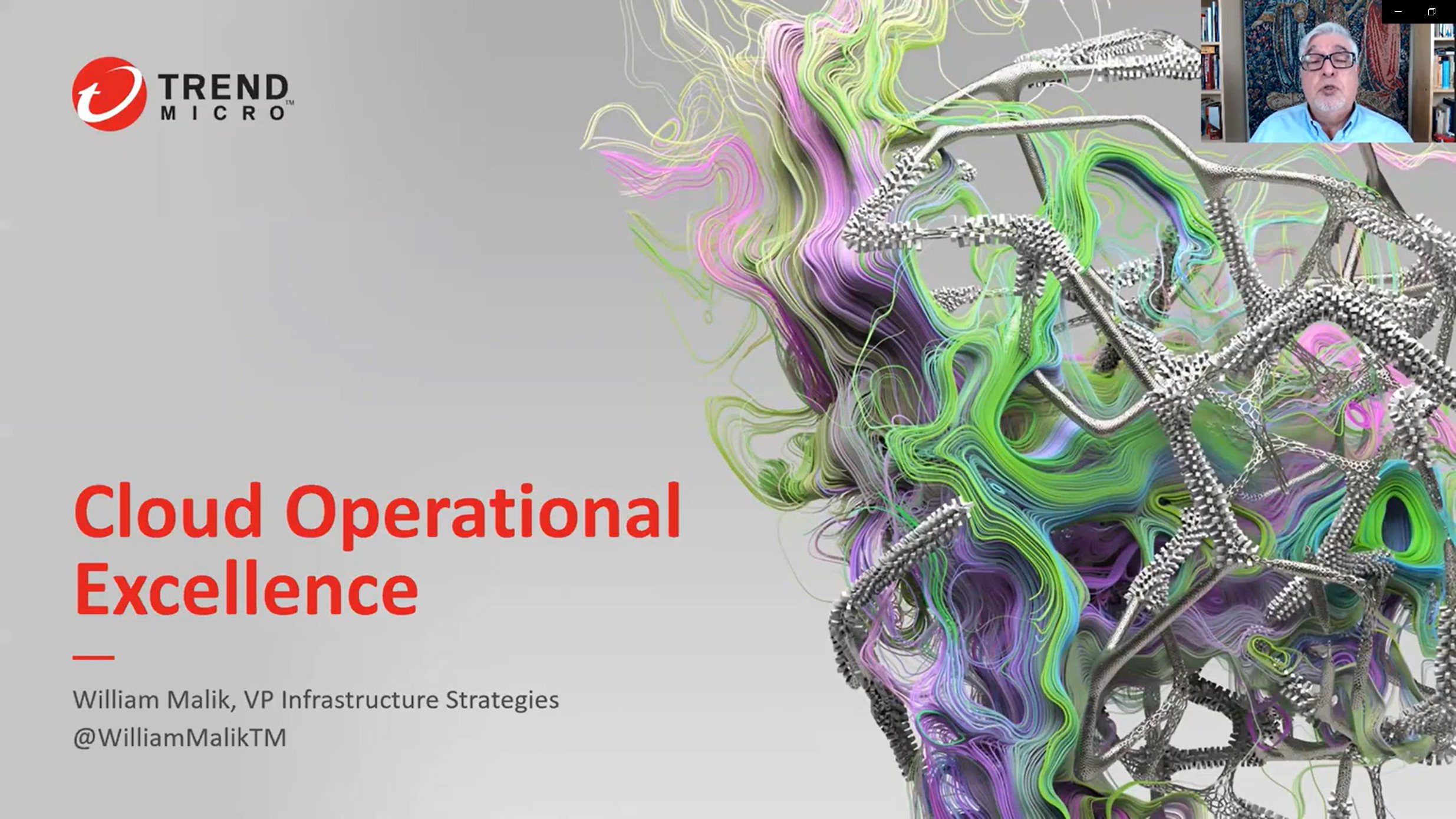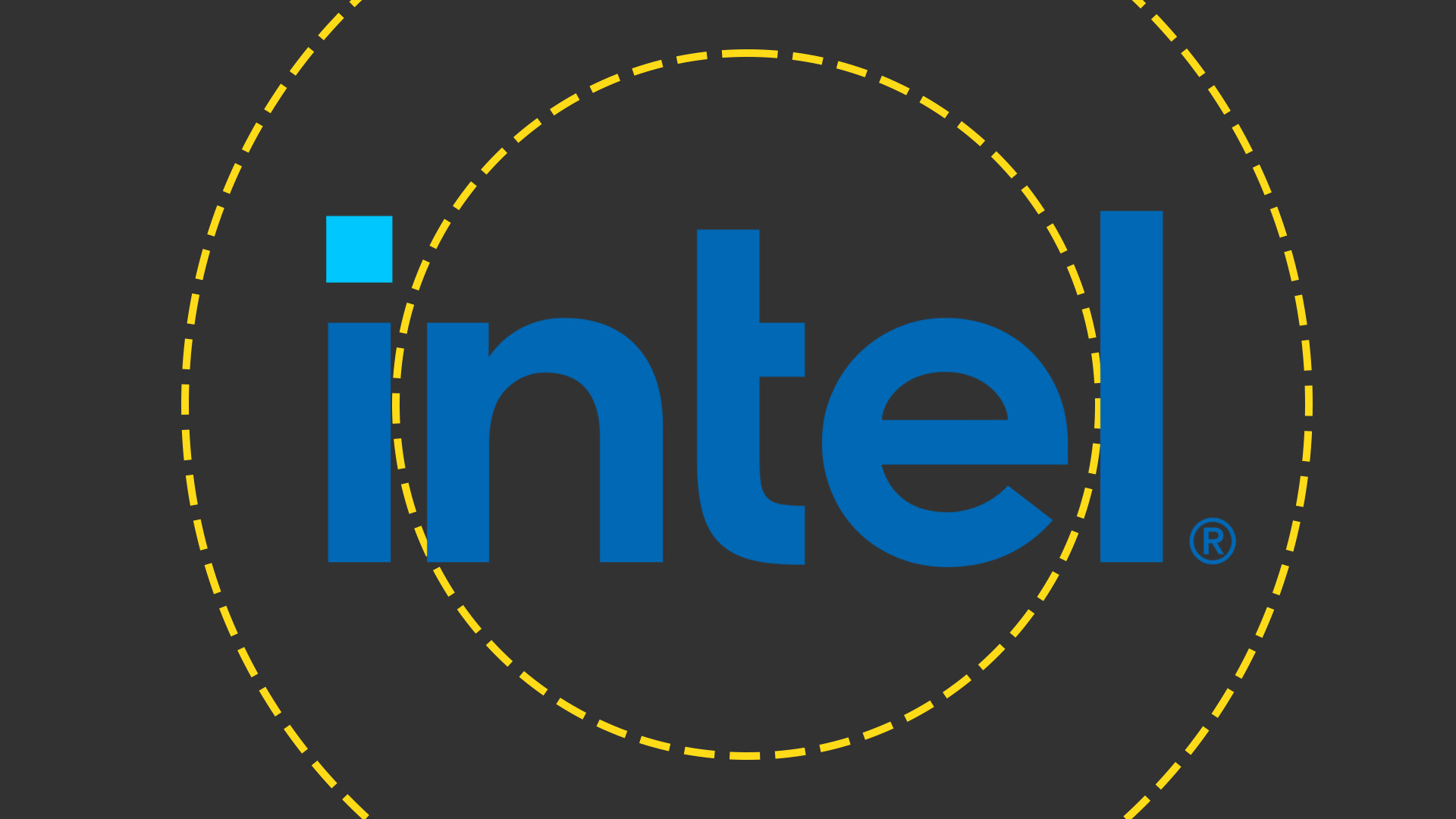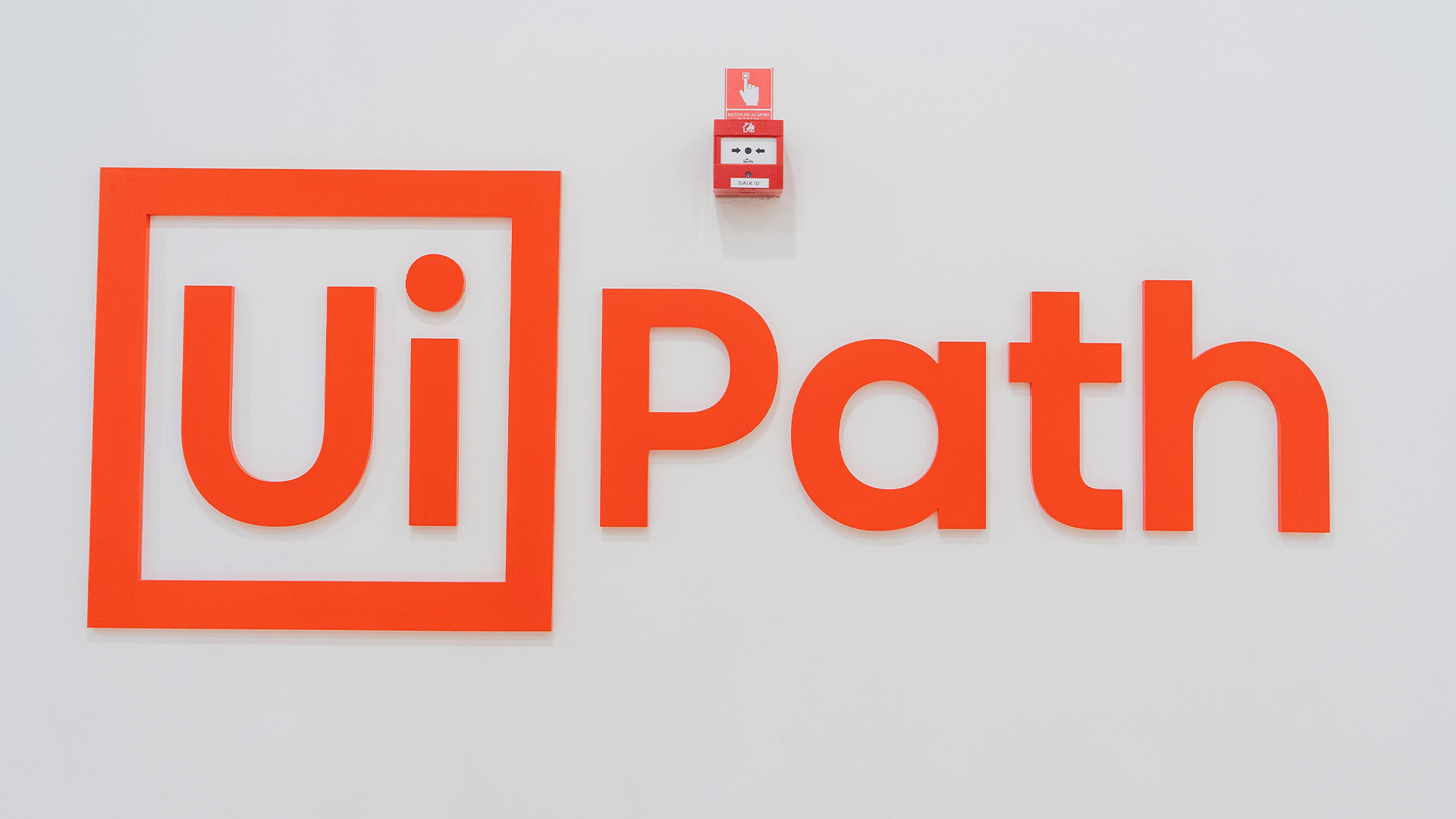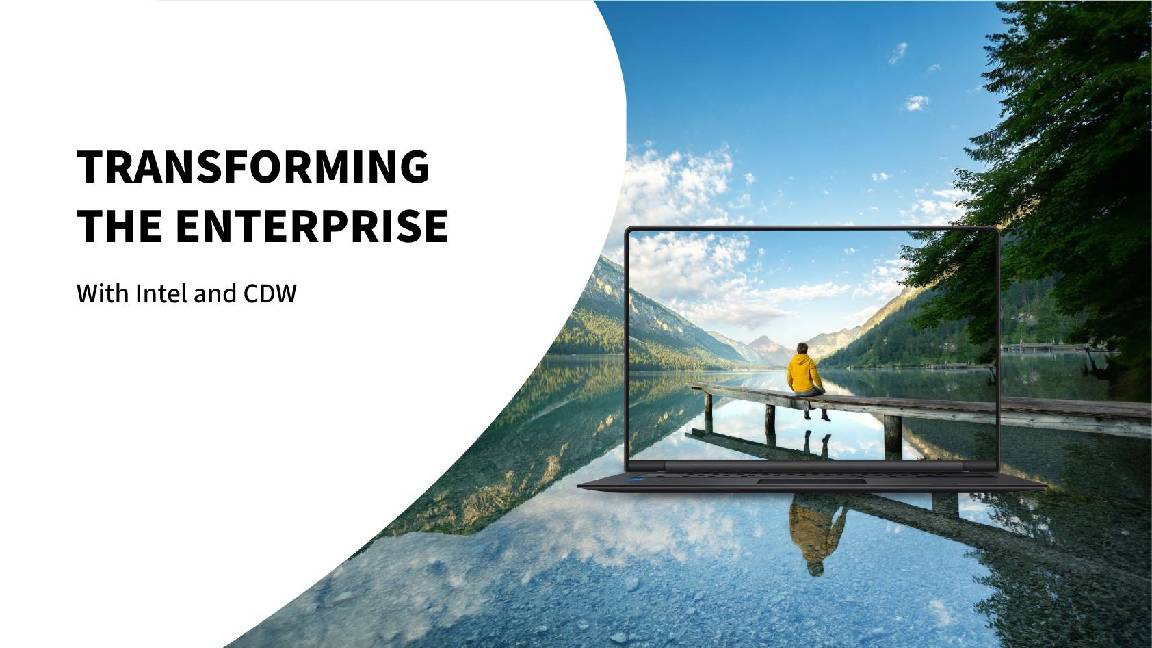What is IT service management?
Our quick guide to ITSM and how it can benefit your business

In the past, companies have regarded IT as merely a department within the broader organisation that troubleshoots any problems with hardware and software it needs to function.
However, treating IT as a service can reap far more significant dividends as it helps businesses support their goals and their customers. Rather than dealing with issues ad hoc, IT departments can serve a more innovative role by offering services and technologies intended to increase value.
ITaaS is usually accomplished through a third party, but you can follow the same principles internally through IT service management.
What is IT service management and how does it work?
IT service management, otherwise known as ITSM, is just how IT teams manage the end-to-end delivery of IT services to end users in the business.
RELATED RESOURCE

Discover leadership insights from CIOs for CIOs and take control of your digital transformation
Pilots, co-pilots, and engineers: Digital transformation insights from CIOs for CIOs
It revolves around designing, creating, delivering, improving, and managing the lifecycle of IT services. Companies that follow processes see IT services as a way of delivering business value and achieving objectives. Rather than just fixing problems as they arise, under ITSM, IT teams are meant to be constantly learning and improving processes and supporting the business’ digital transformation.
This process should be supported by software that helps the IT team support the organisation. It should automate everyday processes to enable staff and give them more time back for strategic projects, which will move the business forward.
What benefits can ITSM give your business?
ITSM improves the overall function of your company in several ways.
Sign up today and you will receive a free copy of our Future Focus 2025 report - the leading guidance on AI, cybersecurity and other IT challenges as per 700+ senior executives
It can improve efficiency. ITSM has many parts that help businesses maximise their resources. For example. IT asset management can enhance the life cycle management of IT assets and create cost-effective strategies for asset procurement and disposal.
It can reduce operations costs. ITSM can assist IT teams to scale operations more easily without the need for excessive hiring through automation that reduces manual workload.
ITIL vs. ITSM: What’s the difference?
So, you like the sound of streamlined processes and better customer service, but how do you get started?
Software company Atlassian warns against copying and pasting another business’ set of standards, no matter how successful they appear to be. Every business has a unique environment with unique needs, and since the entire point of ITSM is to drive your business goals and improve its processes, it doesn’t make sense to copy the processes of another business with different goals and ways of working.
Instead, you’ll want to build upon one of the many frameworks that provide guidance for optimising ITSM.
ITIL, or the IT Infrastructure Library, is the most widely recognised. Created in the mid-1980s and updated since, ITIL focuses on end-to-end value delivery through service relationships, or a Service Value System (SVS). The aim is to improve the effectiveness, scalability, and stability of your services and manage risk.
RELATED RESOURCE

Cloud operational excellence
Everything you need to know about optimising your cloud operations
The latest iteration of ITIL, ITIL 4, was released in 2019 with the aim to provide more flexibility for supporting businesses undergoing digital transformation projects. For a run-down of ITIL 4, read this guide.
There are also frameworks specific to different industries or business requirements, like Business Process Framework (eTOM), which is designed for telecommunications service providers.
However, successful IT teams will not take any of these frameworks as a rule book they must follow, but guidelines that they can adapt to their business and customers.
-
 Trump's AI executive order could leave US in a 'regulatory vacuum'
Trump's AI executive order could leave US in a 'regulatory vacuum'News Citing a "patchwork of 50 different regulatory regimes" and "ideological bias", President Trump wants rules to be set at a federal level
-
 TPUs: Google's home advantage
TPUs: Google's home advantageITPro Podcast How does TPU v7 stack up against Nvidia's latest chips – and can Google scale AI using only its own supply?
-
 Global IT spending set to hit a 30-year high by end of 2025
Global IT spending set to hit a 30-year high by end of 2025News Spending on hardware, software and IT services is growing faster than it has since 1996
-
 UK firms are pouring money into AI, but they won’t see a return on investment unless they address these key issues
UK firms are pouring money into AI, but they won’t see a return on investment unless they address these key issuesNews An SAP report projects increased AI investment, but cautions that too many organizations are taking a fragmented approach
-
 AI tools are a game changer for enterprise productivity, but reliability issues are causing major headaches – ‘everyone’s using AI, but very few know how to keep it from falling over’
AI tools are a game changer for enterprise productivity, but reliability issues are causing major headaches – ‘everyone’s using AI, but very few know how to keep it from falling over’News Enterprises are flocking to AI tools, but very few lack the appropriate infrastructure to drive adoption at scale
-
 Pegasystems teams up with AWS to supercharge IT modernization
Pegasystems teams up with AWS to supercharge IT modernizationNews The duo aim to create deeper ties between the Blueprint, Bedrock, and Transform services
-
 Intel makes high-level hires while factory workers are warned of layoffs
Intel makes high-level hires while factory workers are warned of layoffsNews The company is appointing four senior executives as part of efforts to refocus on engineering and customer relationships
-
 UiPath names Simon Pettit as new AVP for UK and Ireland
UiPath names Simon Pettit as new AVP for UK and IrelandNews The seasoned leader will spearhead region-specific transformation projects as UiPath looks to drive operational growth and customer engagement
-
 Better together
Better togetherWhitepaper Achieve more with Windows 11 and Surface
-
 Transforming the enterprise
Transforming the enterpriseWhitepaper With Intel and CDW